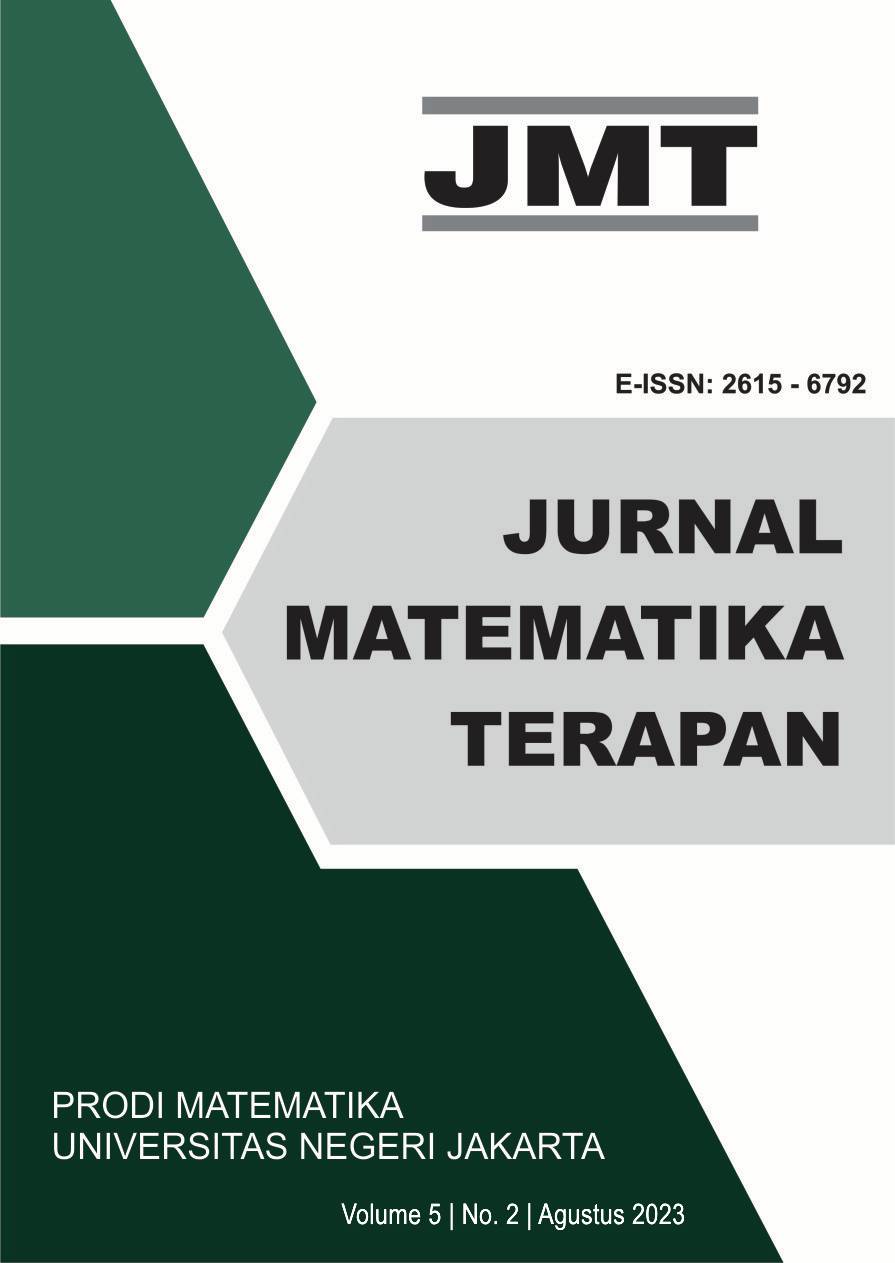Aplikasi Web Prediksi Dampak Gempa di Indonesia Menggunakan Metode Decision Tree dengan Algoritma C4.5
DOI:
https://doi.org/10.21009/jmt.5.2.5Keywords:
data mining, classification, decision tree, C4.5 algorithm, split validation, k-fold cross validationAbstract
An event or problem sometimes needs to be predicted to determine the impact caused. One of the events that need to be predicted is the impact of the earthquake. The Meteorology, Climatology and Geophysics Agency (BMKG) classifies earthquake impacts based on the BMKG Earthquake Intensity Scale (SIG-BMKG) which consists of 5 scales. In making predictions on a problem, you can use data mining that extracts data into useful information. Grouping the impact of an earthquake is one of the tasks of data mining, namely classification. Prediction can be viewed as a classification that groups data into predefined classes. One classification method is the Decision Tree. This method can handle both categorical and numerical data on large data. Some of the algorithm of the Decision Tree method are ID3, CART, and C4.5. The C4.5 algorithm is an improved ID3 algorithm so that it can handle missing values and continuous data. This study aims to construct a model and analyze the performance of the model obtained using the Decision Tree method with the C4.5 algorithm. In determining the best model, you can utilize Split Validation and k-fold Cross Validation. The best model was obtained in the first iteration of 10-fold Cross Validation. The best model is then used in a web application that can be used by the community to predict the impact of earthquakes that occur in Indonesia.




